May 20, 2025 | 16:58 GMT +7
May 20, 2025 | 16:58 GMT +7
Hotline: 0913.378.918
May 20, 2025 | 16:58 GMT +7
Hotline: 0913.378.918
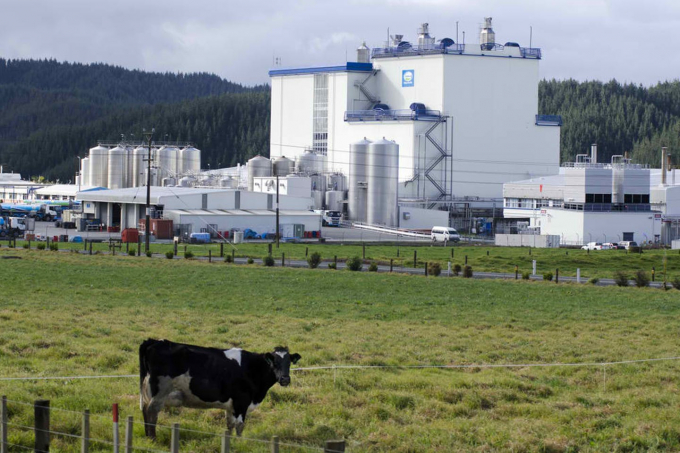
Vietnam still imports the largest quantity of milk from New Zealand.
According to the General Department of Vietnam Customs, Vietnam’s milk and dairy products imports in January 2021 have reached US$ 91.2 million, up 18.7% in comparison to December 2020, up 10.4% in comparison to January 2020.
Milk and dairy products are still imported mostly from the New Zealand market, with US$ 25.37 million, accounting for 27.8% of the total import turnover of milk and dairy products of the country, which is a 9.6% increase compared to December 2020, but a 19.5% decrease compared to January 2020.
In particular, during the recent January, milk and dairy products’ importations from the ASEAN areas have sharply increased. To be specific, the import value of milk and dairy products from ASEAN reached US$ 21.48 million, up 31.6% compared to December 2020 and up to 129.2% compared to January 2020. With the following strong increase, milk and dairy products from ASEAN account for 23.6% of the total import turnover of Vietnam in January.
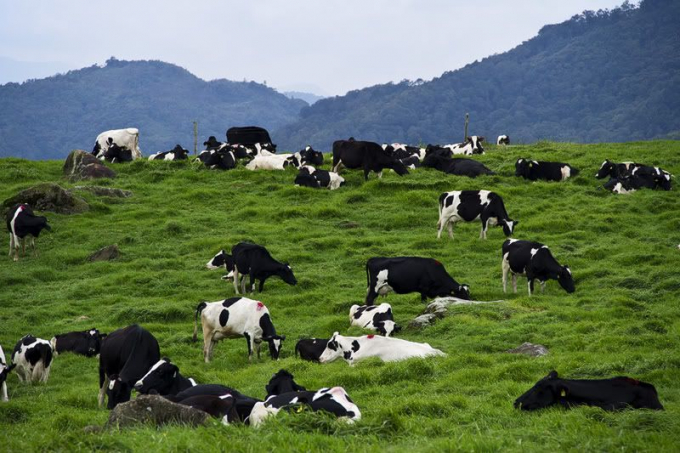
Dairy farming in Malaysia, one of Vietnam’s big milk supply markets.
In the ASEAN areas, Vietnam imports milk mainly from Malaysia, Thailand and Singapore. These 3 countries are also among the Top 10 largest dairy exporter to Vietnam in 2020 (in 11 months of 2020, Malaysia ranked third with US$ 62 million, Thailand ranked fourth with 57 million USD and Singapore ranked seventh with US$ 42 million).
In 2020, Vietnam sharply reduces imports of milk and dairy products from Singapore (down 53.45% in the 11 months of 2020), whereas, in recent January, milk and dairy products from Singapore imported to Vietnam have increased greatly, reached US$ 10 million, up to 53.5% over December 2020 and up 488.5% over January 2020.
Vietnam strongly increases the country’s importation of milk and dairy products from Malaysia in 2020 (up 21.65% in 11 months). In this year’s January, imports from Malaysia keep up the continual sharp increase, reached 6.9%, which is 51.7% higher compared to December 2020 and 121% higher compared to January 2020.
In contrast to Singapore and Malaysia, milk and dairy products imports from Thailand are 0.14% lower in comparison to January 2020, reached US$ 4.5 million.
Milk and dairy products imported from the EU market also show a positive increase. In January, Vietnam imported US$ 14.51 million of milk and dairy products from the EU, up 30.3% over December 2020 and 13.7% over January 2020, attributed 15.9% of the total import turnover.
In general, milk and dairy products imports from most markets in the first month of the year all increased in turnover compared to December 2020. Several markets with strong growth include the USA (up 41.12%), France (up 37.52%), Ireland (up 368.57%), Belgium (109.4%)…
Translated by Samuel Pham
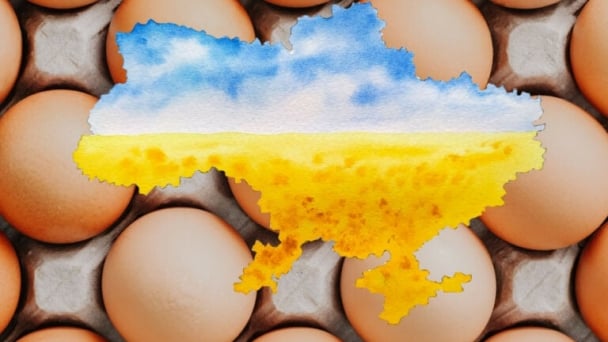
(VAN) Oliyar, a prominent Ukrainian oil and fat manufacturer, has revealed plans to build a farm for 2.3 million laying hens in the Lviv region. The additional production quantities promise to change the competitive landscape of the egg market of the Eastern Europe region.
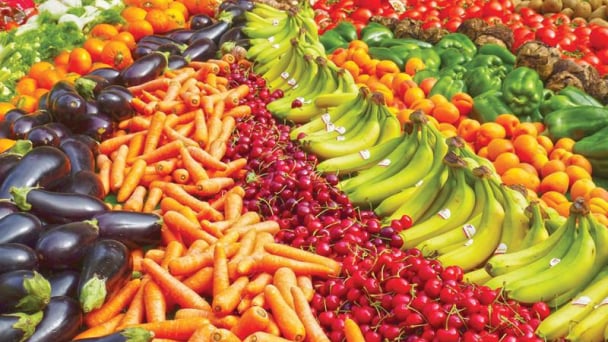
(VAN) On May 15, Ministry of Agriculture and Environment of Vietnam hosted the 'Connecting Vietnam - Germany agricultural, forestry and fishery trade' seminar in Berlin, Germany.
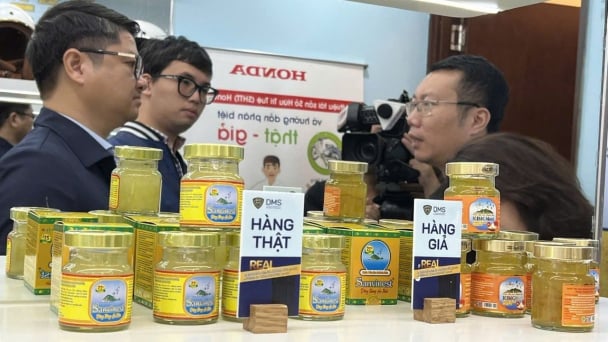
(VAN) In the face of counterfeit and imitation products, Khanh Hoa Salanganes Nest Company hopes for the prompt completion of the legal framework, strict enforcement against violations, and protection of the bird’s nest brand.
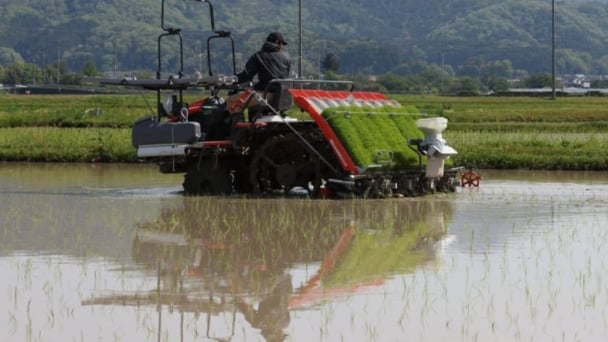
(VAN) Japan's efforts to lower the price of rice through the release of its stockpile may finally be making some progress, albeit at a snail's pace.
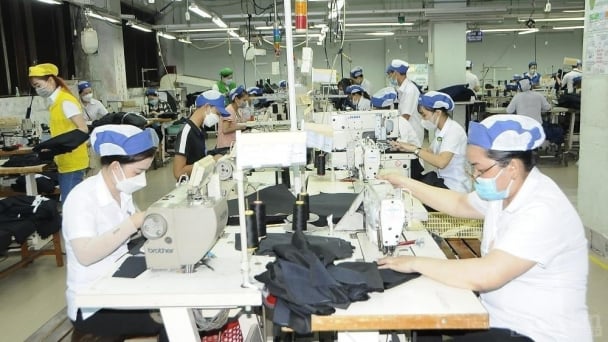
(VAN) U.S. tariffs are not only a 'shock', but also an opportunity for Vietnamese businesses to renew their mindset toward comprehensive development.

(VAN) As Bac Giang lychee enters the harvest season, Minister Do Duc Duy expects that the fruit will contribute greatly to agricultural exports due to standardized production and deep processing.
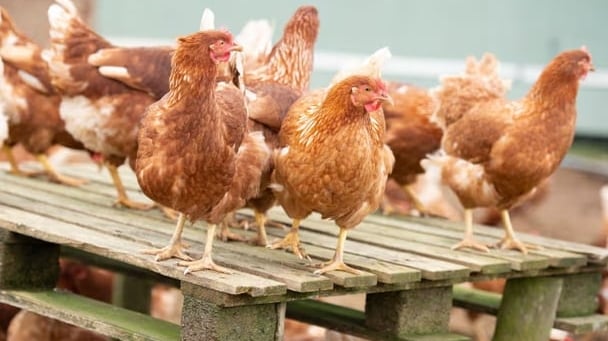
(VAN) Consumers have shown a preference for free-range eggs, but those farming systems are more vulnerable to biosecurity risks like bird flu.